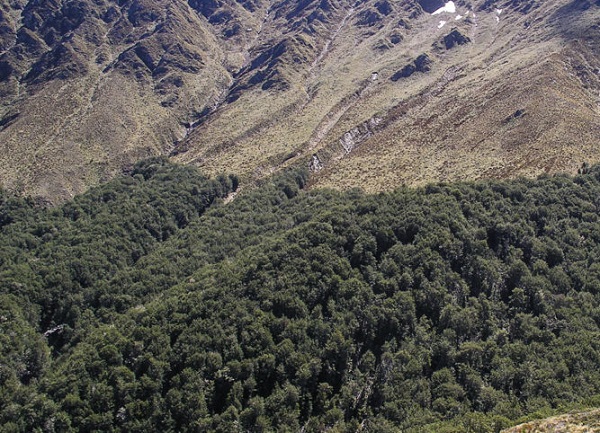FWP:
For background see S. R. Faruqi's choices. This verse is NOT one of his choices; I thought it was interesting and have added it myself. For more on Ghalib's unpublished verses, see the discussion in {4,8x}.
For further discussion of the zunnaar-e miinaa , see {145,7x}, where it also occurs; on the zunnaar more generally, see {60,8}.
What intrigues me is the baham baaliidan-e sang-o-gul-e .sa;hraa . How to interpret this almost supernaturally weird phrase? It looks as though the baaliidan applies to the rock, and the 'mutual' [baham] seems to emphasize this reading (Asi explicitly takes it that way). There's also the wordplay of the Indic sang , meaning 'coming together' (see the definition above), which works so well with baham . But what does it mean for rock and rose to 'grow', and to grow 'mutually'? (Though of course in {120,6}, iron has ears, so why shouldn't rock grow?)
And what is the relationship between the 'desert' and the 'mountain'?
Moreover, all the commentators take the verse to be about the ebullition of springtime, but nothing in the verse itself justifies this reading. To me this reading sounds externally imposed, like Zamin's notion that the path would actually propel itself into the wine-house and become the 'line on the flagon'.
It feels as though there ought to be a point of access here somewhere, but I can't find it. And maybe there really isn't one. Maybe the young Ghalib was just rattling our cage (or his own?). Maybe he knew nobody would get it, or could get it. He did, after all, leave it out of his published divan.

Asi:
The flourishingness of springtime in the desert increases both stone and rose. To the extent that stone flourishes in the mountain, in the same way there is growth in the flowers. And this growth is in such a condition that the thread of the path of the mountain is going on becoming like the line that appears when a glass of wine would be half-filled. That is, it seems that the forest/jungle is a green wineglass, and the path is a line [;xa:t:t] that has occurred [pa;Raa hu))aa] on the glass.
== Asi, p. 193